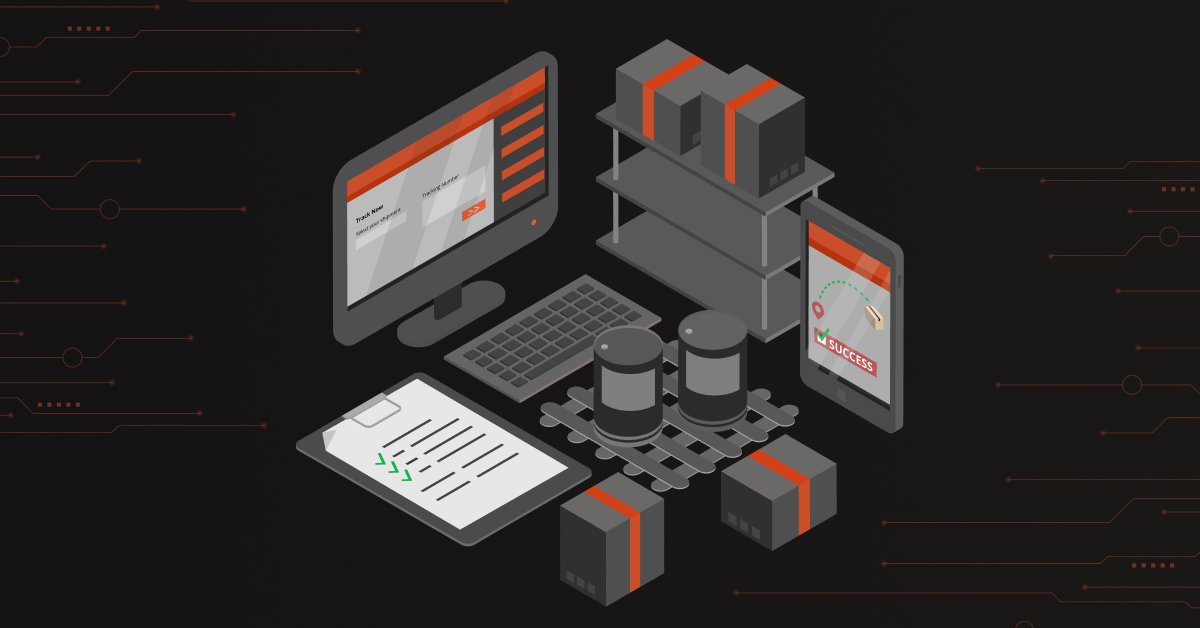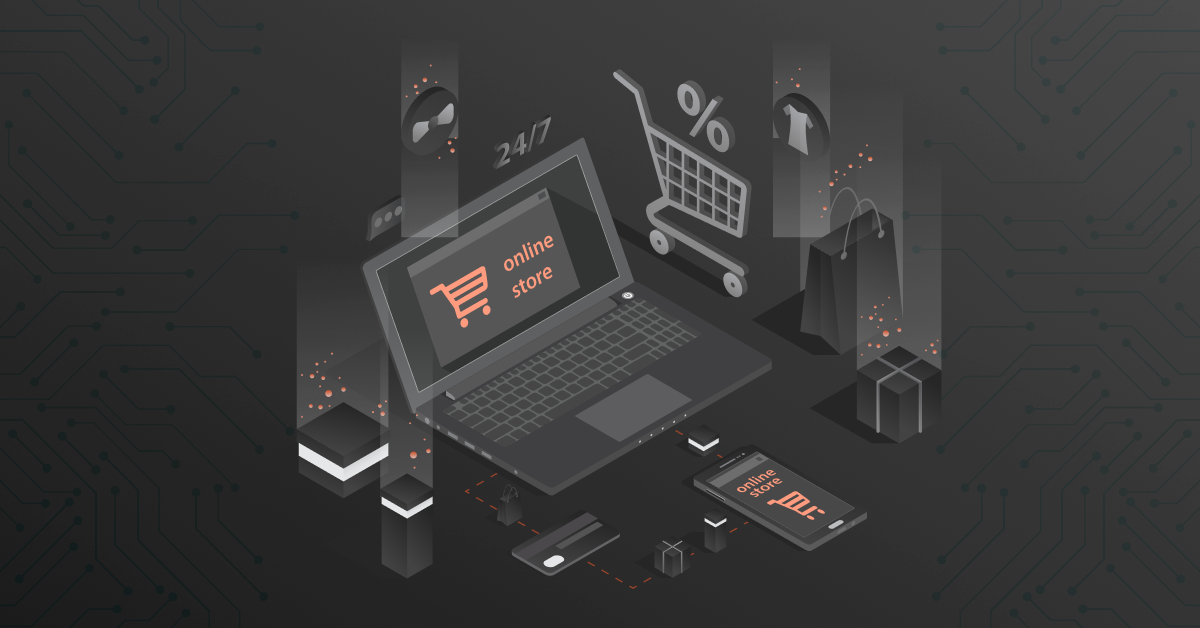One Small Change To Your B2B E-Commerce Website To Turn Site Visits Into Sales
Every shopper understands instant gratification, and wanting what you’ve ordered in a quick turnaround is often integral to the purchasing decision, even in B2B. Mark Tomalonis is the Principle of Warehouse Two, a leading inventory-sharing solution, and he recently spoke about the B2B customer experience and what they want most at our DCKAP eSummit in November.He started his presentation with an overview of what a successful website needs to look like.
Typical B2B E-Commerce Website Attributes:
- Easy navigation
- Huge part number database
- Rich content
- Product attributes
- Instructions/manuals
- Downloadable images
- Order acceptance from new visitors
- Credit card processing
- Full ERP integration
 Mark then talked about the difference between your “classic audience”, those who are existing clients, and the “internet audience”, those outside your traditional sales territory. This is an important distinction, as both will have their own set of characteristics and ways in which they find your products.
Mark then talked about the difference between your “classic audience”, those who are existing clients, and the “internet audience”, those outside your traditional sales territory. This is an important distinction, as both will have their own set of characteristics and ways in which they find your products.
How does your “classic audience” find your website?
Direct marketing and direct sales efforts.
How does the “internet audience” find your website?
Simply put, SEO.
What is the most popular search engine?
88% of people in the US and 92% globally use Google to search for what they need. This will typically include searching for branded products, and searching with the manufacturer’s exact part number.
In example of this, Mark looked for companies that offer a particular industrial tube fitting, and reviewed what cost and availability each had. When comparing these costs and the availability of the item, we see that some companies offered it for less than the others though it was not currently in stock. Ultimately, Mark is showing us that, even at a more expensive price, the item that is in stock and ready to ship will likely get the sale despite the price variance. Customers, whether shopping in B2C or B2B markets, want what they want when they want it. Meaning, having the item in stock is the most important thing when it comes to satisfying your shoppers.For anyone shopping online today, Amazon is an obvious presence, and its marketplace is certainly something to keep in mind when it comes to how it has affected the buying experience for customers. As Mark explains, “you should be concerned that Amazon is definitely an influencer of your customers’ expectations. Because of Amazon, I think that your internet audience expects you to have anything and everything on your e-commerce website and it should be available to ship today.”But, you might ask, how are they able to do it? What’s the secret? The secret is other people’s inventories. Very often, Amazon takes orders for other people’s products. What you purchase from their platform is not always something that they have in their own inventory. They use the availability of other people’s inventories to maintain stock of everything on their website, and to create even more opportunities for sales.
How can you offer more inventory to your internet audience?
“I think you have two choices,” Mark tells us. “One is to invest in more inventory. I think that’s an impractical solution. I think a better way of offering more inventory to your internet audience, without owning more inventory, is leveraging other people’s inventories.” This is a practice called “inventory sharing” where a group of distributors that sell the same products pool them together, and it’s a solution that can turn a site visitor into a sale.How exactly? According to Mark, “Include inventory available from peer distributors in your online quantity available.” It’s really as simple as that. Now, you can imagine that when your company has the lowest price on the product and has it in stock, the likelihood of a sale occurring greatly increases. “One simple change to your e-commerce website can turn more site visits into sales, and that simple change is offering other people’s inventory, without telling your website visitor.”
There’s no reason to interrupt the purchasing practice, as shared inventory simply means that your customer will be able to get their hands on more of the product, faster. In essence, you’re creating the same feeling for the customer that they would have on Amazon – searching for the product that they want, seeing it for a reasonable price, finding it in stock, and placing the order for a quick shipment.
[POSTCTA]
What are “peer distributors” and how can you join them?
Mark also talked more about the benefit of joining groups, networks and associations in order to invite the opportunity for joining peer distributors and start an inventory-sharing practice. Manufacturers, wholesale-distributor networks are available for each industry. From industry-specific trade associations to buying groups, there are many options for distributors to participate in inventory sharing. You can search for them by industry, or ask within your network about available associations in your trade. And, as Mark mentions, don’t be afraid to lead the charge and spearhead the effort to share! It can help everyone to succeed.
And finally, you should also have a tool to help collect and store shared inventory data, one that automates data uploads and downloads, and one that is ERP agnostic, since not all distributors use the same ERP systems, so you can then work on integrating that data into your own website. It’s equally as important that the data is updated in real-time and offers your customers an accurate representation of your inventory to help maintain that customer satisfaction. With support from WarehouseTwo and tools like DCKAP’s Cloras, B2B businesses can use the power of inventory sharing and integration to make the entire customer experience and purchase process seamless and simple.
If you’d like to read more highlights and watch any of the speakers from the full DCKAP eSummit event, you can read our post event recap blog, and you can watch Mark’s full presentation at the DCKAP eSummit B2B Edition here:




